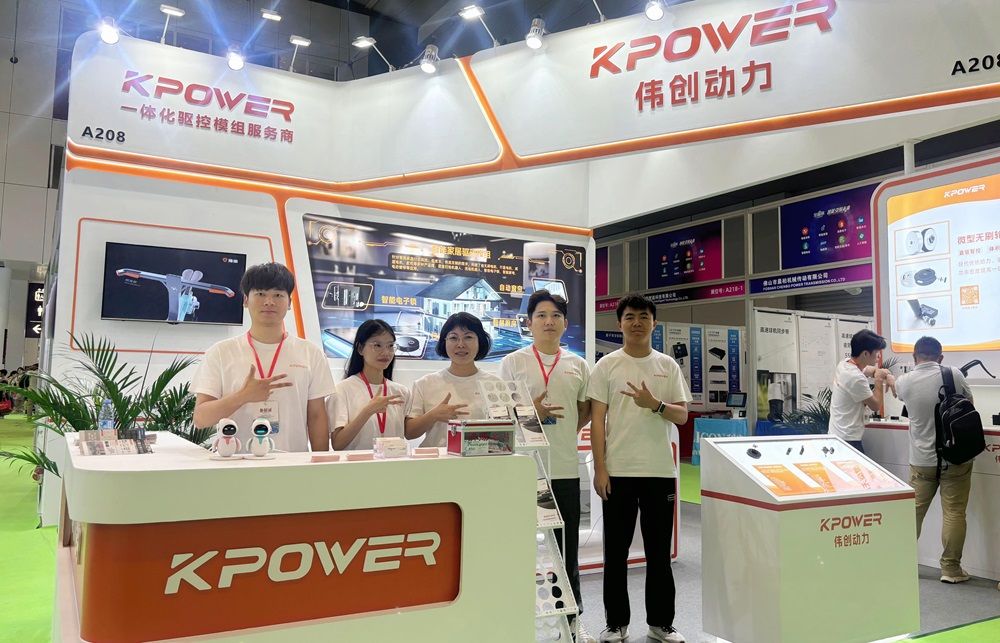Looking to get a servo motor working just right? Let's talk about the power it needs to perform at its peak—specifically, the working voltage. It’s one of those details that can seem small, but in the world of robotics and automation, tiny differences in voltage can mean the difference between smooth operation and unpredictable jitters.

When you think about servo motors, think about precision. They’re the muscles of many machines, from tiny drones to large industrial robots. To keep these muscles flexing just right, they need a steady, reliable power source. Most servo motors operate within a specific voltage window—usually somewhere around 4.8V to 6V for standard models. But that’s not a hard and fast rule; it’s more of a guideline. Some high-torque versions might prefer a slightly higher voltage, pushing into 7.2V territory, for example.
Imagine trying to push a cart uphill with a weak battery—it's not gonna go far or fast. Similarly, if your servo motor gets underpowered because the voltage is too low, expect sluggishness, poor positioning, or even complete failure to respond. Overvolting, on the other hand, can cause overheating or damage, which nobody wants—especially not when you're just trying to get a little project off the ground.
Why do different servo motors have different voltage ratings? It’s about the internal components—the brushes, the windings, the magnets—all designed to work best within certain parameters. Think of it like a fine-tuned engine; using it outside its optimal voltage range is like revving a car engine past redline—it might run fine for a moment, but it’s not sustainable.
Now, imagine this: You want your robotic arm to execute a delicate task, like picking up tiny parts for assembly. The servo you choose needs to have enough voltage headroom to handle quick movements, but not so much that it risks damage. You’d want to review the specifications carefully, perhaps opting for a servo that supports a 6V working voltage, but also verify that it can handle brief surges up to 7.2V without strain.
Some questions pop up naturally—"Can I run my servo motor directly off a battery?" Sure, but it depends. Most batteries produce a voltage that fits within the servo's rating—say, a 2S LiPo battery providing around 7.4V. That’s slightly above the typical 6V limit, but many servo motors can handle a brief overload if they’re rated for it. Yet, for consistent, long-term operation, it’s wise to use a regulated power supply or a voltage regulator—better safe than sorry, right?
What’s key here? Knowing your servo’s voltage sweet spot. Using a power source within that range ensures stable movement, longer lifespan, and fewer headaches down the line. If you’re looking for reliability and precision, pay close attention to the working voltage specifications—they’re the foundation of your servo’s performance.
In the end, choosing the right power can mean the difference between a machine that runs quietly and smoothly and one that stalls or jitters. It’s a small detail, but it’s the secret sauce that keeps everything working harmoniously.
Established in 2005, Kpower has been dedicated to a professional compact motion unit manufacturer, headquartered in Dongguan, Guangdong Province, China. Leveraging innovations in modular drive technology, Kpower integrates high-performance motors, precision reducers, and multi-protocol control systems to provide efficient and customized smart drive system solutions. Kpower has delivered professional drive system solutions to over 500 enterprise clients globally with products covering various fields such as Smart Home Systems, Automatic Electronics, Robotics, Precision Agriculture, Drones, and Industrial Automation.




































